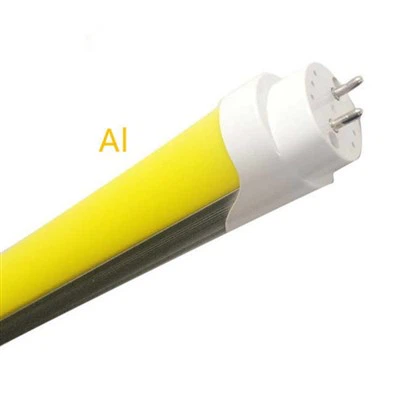Emergency Led Lighting is an essential component of any safety plan. It is an efficient and effective tool for lighting up a space during power outages and other emergency situations. However, it is crucial to place the LED lighting in the right areas to ensure maximum visibility and safety.
The first and most obvious place to install emergency LED lighting is in hallways and corridors. These are high traffic areas and are crucial for evacuation during an emergency. Inadequate lighting in these areas can lead to confusion and panic, hindering the evacuation process. Therefore, having a sufficient number of emergency LED lights in these areas is essential.
Another critical location for emergency LED lighting is stairwells and emergency exits. These areas can be particularly dangerous during power outages or other emergencies, and the lack of proper lighting can lead to serious accidents. The addition of LED lighting in these areas can significantly increase visibility and reduce the risk of accidents.
Emergency LED lighting should also be placed in areas where hazardous materials or machinery equipment is located. In the event of an emergency, it is crucial to ensure that everyone can see and avoid dangerous equipment or materials. This can be achieved by installing LED lighting that illuminates the area around the equipment and makes it visible from a distance.
In addition to the above locations, it is also essential to have emergency LED lighting in areas where people gather, such as conference rooms and break rooms. These areas may not be high traffic areas, but they are still crucial for the safety of employees. Installing emergency LED lights in these areas will ensure that everyone can safely evacuate in the event of an emergency.
In conclusion, emergency LED lighting is an essential component of any safety plan, and it is crucial to place them in the right areas to ensure maximum visibility and safety during an emergency. By ensuring that emergency LED lighting is installed in hallways, stairwells, emergency exits, areas with hazardous material or machinery equipment, and areas where people gather, you can significantly reduce the risks during an emergency.







